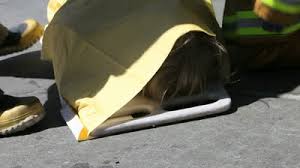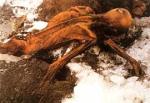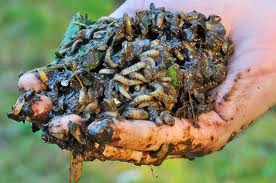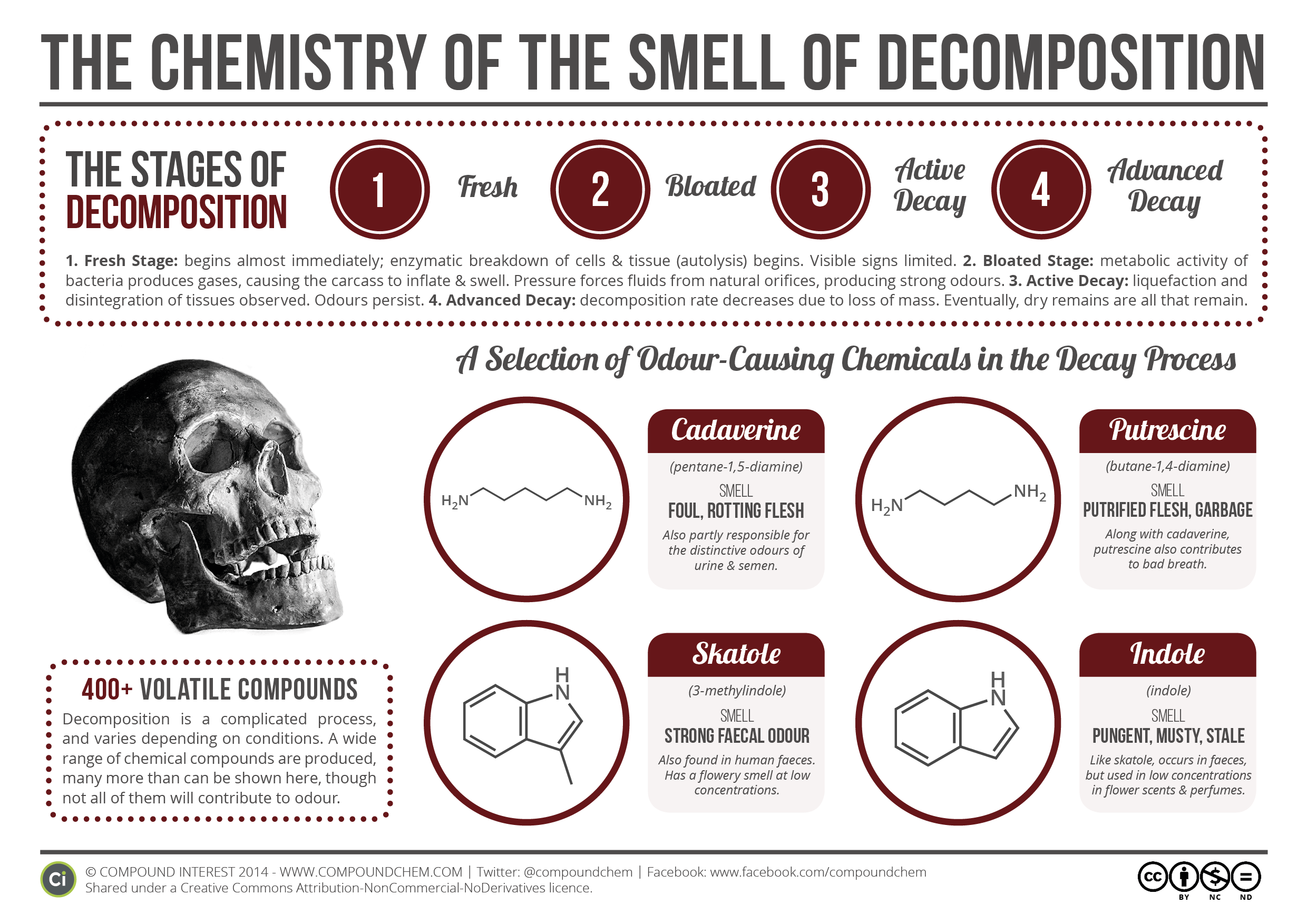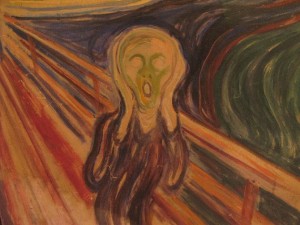 Humans survive by using our five senses. Sight. Sound. Smell. Taste. Feel. We’re so conditioned to evoking these senses in order to function in the world that we usually fail to consciously identify which source our brain is using to tell us what’s going on. Unless it’s an extreme event.
Humans survive by using our five senses. Sight. Sound. Smell. Taste. Feel. We’re so conditioned to evoking these senses in order to function in the world that we usually fail to consciously identify which source our brain is using to tell us what’s going on. Unless it’s an extreme event.
Take the overpowering smell of a rotting corpse, for instance. Trust me. That’s a nose-ride that you’ll never forget.
You’ll always remember the beautiful sight of your children being born.
How about the fantastic sound of the Hallelujah Chorus from Handel’s Messiah? The exquisite taste of a most excellent Shiraz? Or the creepy-crawly feel of a boa constrictor encircling your neck?
 Sight. Sound. Smell. Taste. Feel. SSSTF for short. These are what trigger our emotional experiences in daily life.
Sight. Sound. Smell. Taste. Feel. SSSTF for short. These are what trigger our emotional experiences in daily life.
They also trigger emotional experiences when we read. As a writer, it’s your job to create sensual worlds by painting glorious pictures from twenty-six letters, pounding-out sounds with punctuation, brewing smells with paragraphs, cooking impeccable tastes in chapters, and touching your reader’s heart by prose, alliteration, metaphor, simile, and composition.
SSSTF.
I keep a little, yellow sticky-note at the bottom of my screen with these five letters to remind me of always writing to the senses. When editing, I look at each scene to see how the SSSTF formula is applied.
 Here’s some samples of using sensory amplification from my BestSeller No Witnesses To Nothing.
Here’s some samples of using sensory amplification from my BestSeller No Witnesses To Nothing.
Sight
 It’d been a large man. An older man. Not tall, but heavyset. The body was supine, lying on its back on the linoleum floor, just inside the trailer door. The face was barely recognizable; swollen and bearded in greyish-white. The exposed flesh had turned a green colour. Not a light green, nor a dark green, but an intense green like the green of the Incredible Hulk. The lips were black bulges. The left eye squeezed shut, but the right was mostly open. Flies buzzed about; eggs laid, though their maggots had not yet hatched. Prunty shuddered the heebie-jeebies. It was like the rotting Hulk was winking at you.
It’d been a large man. An older man. Not tall, but heavyset. The body was supine, lying on its back on the linoleum floor, just inside the trailer door. The face was barely recognizable; swollen and bearded in greyish-white. The exposed flesh had turned a green colour. Not a light green, nor a dark green, but an intense green like the green of the Incredible Hulk. The lips were black bulges. The left eye squeezed shut, but the right was mostly open. Flies buzzed about; eggs laid, though their maggots had not yet hatched. Prunty shuddered the heebie-jeebies. It was like the rotting Hulk was winking at you.
Sound
Ngoc Van Nguyen was the first to see it come down. He was a lookout on the Bottomline, one of four lookouts on the mule boats at the off-load site.
 A bright, white light switched-on low in the south-west sky. He squeezed his eyes and looked again. It was closing fast. Nguyen called in Vietnamese to the man on the Do Boy who also looked. They saw a second white light flash-on beside it, streaking straight at them.
A bright, white light switched-on low in the south-west sky. He squeezed his eyes and looked again. It was closing fast. Nguyen called in Vietnamese to the man on the Do Boy who also looked. They saw a second white light flash-on beside it, streaking straight at them.
“Gai Lum Bob! Gai Lum Bob!” the pair yelled. They had exactly 7.7 seconds to sound the alarm, causing everyone to look up as the lights screamed silently by, 580 feet overhead. The off-loaders had another 2.3 seconds to watch trails of fire arch upward before –
BAAAAA – BAAAAAAANNGGGG
 Two massive sonic booms blew out eardrums and shot blood from the noses of the exposed workers in the bay. Shattered glass, fiberglass shards, ripped fabric, and debris of all sorts blasted everywhere within the shock-stricken target. Half the off-loaders were unable to stand, let alone hear the mind-fucking roar of afterburners. The F-18 Hornets pulled six G’s going vertical from their Mach 1.2 run, climbing thirty seconds, wing-tip at wing-tip to 26,000 feet, banking sharply north, returning to base.
Two massive sonic booms blew out eardrums and shot blood from the noses of the exposed workers in the bay. Shattered glass, fiberglass shards, ripped fabric, and debris of all sorts blasted everywhere within the shock-stricken target. Half the off-loaders were unable to stand, let alone hear the mind-fucking roar of afterburners. The F-18 Hornets pulled six G’s going vertical from their Mach 1.2 run, climbing thirty seconds, wing-tip at wing-tip to 26,000 feet, banking sharply north, returning to base.
Smell
“Hello?” he called out, closing in on the door. “Hello! Anyone here?”
 It sounds absurd, calling out, given the commotion, but the volunteer firefighter was an insurance man in his day job and insurance men are cautious. He stepped up. Tapped the door. Turned the lever and pulled. The whoosh of rushing air hosed him like the stream straight out of a skunk’s ass and he instantly heaved-up his guts.
It sounds absurd, calling out, given the commotion, but the volunteer firefighter was an insurance man in his day job and insurance men are cautious. He stepped up. Tapped the door. Turned the lever and pulled. The whoosh of rushing air hosed him like the stream straight out of a skunk’s ass and he instantly heaved-up his guts.
“Hey! HEY!” he yelled, snotting and spitting. “There’s a fuckin’ dead guy in here!”
Taste
They set their instruments aside, forming a rough semi-circle. Billy handed the blue CD case which Smerchook zipped open, taking a wad of the dried, diced material, and began some short sniffs. Haslett watched, suspecting dope. “What’s that?”
 “Rat-Root,” Smerchook replied. “A tradition in my culture. Sort of like chewing tobacco or snuff. Here. Wanna try?”
“Rat-Root,” Smerchook replied. “A tradition in my culture. Sort of like chewing tobacco or snuff. Here. Wanna try?”
Haslett’s nose wrinkled, moving back.
“Don’t worry. There’s no hallucinogenics.”
Smerchook held out the case. Curiosity got the better of Haslett. He took a pinch, put it in his mouth, and bit down.
“Pttt…tttthewh. Ye-ucck!” He spat, wiping his mouth with his fingers. “Eeech! That is horrible!”
“Yeah, I know,” Smerchook replied, closing the case. “It tastes like horse shit. That’s why I only sniff it.”
Feel
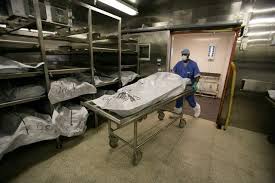 Vancouver General’s morgue is like a chilled Costco for the dead. Stainless steel refrigeration crypts, stacked three high, in two rows of nine, have shelving for fifty-four. The freezer unit stores eight and isolation for the stinkers takes six, sealed aluminium caskets. These tanks are also used for homicide cases; locked to preserve evidence. A grindy, overhead hoist shifts cadavers from wheeled gurneys that squeak about the fluorescent-lit room, touring them to and from metal drawers. Some are in-hospital deaths, brought down from the wards covered in warm, wollen blankets. Some are delivered by cold, black panel-vans handling coroner cases.
Vancouver General’s morgue is like a chilled Costco for the dead. Stainless steel refrigeration crypts, stacked three high, in two rows of nine, have shelving for fifty-four. The freezer unit stores eight and isolation for the stinkers takes six, sealed aluminium caskets. These tanks are also used for homicide cases; locked to preserve evidence. A grindy, overhead hoist shifts cadavers from wheeled gurneys that squeak about the fluorescent-lit room, touring them to and from metal drawers. Some are in-hospital deaths, brought down from the wards covered in warm, wollen blankets. Some are delivered by cold, black panel-vans handling coroner cases.
Combination of SSSTF
 A waft of sage mixed with sweetgrass, smoldering in a baked-clay bowl, meshed with hollow, haunting tones of the flute played by Native American musician, Ronald Roybal, drifting from speakers secluded somewhere within the room’s delicious palettes – fiery reds, yellows, and burnt oranges of the sunrise, trapped in Navajo tapestries and draping both sides of a north-facing window – airy pinkish-purples of a sunset sky, woven into a topper above the bronzed glass – mulchy browns, cactus greens, and driftwood greys of the earth, patched into fabric furnishings – and watery blues with foamy whites, splashing off a rough stucco wall.
A waft of sage mixed with sweetgrass, smoldering in a baked-clay bowl, meshed with hollow, haunting tones of the flute played by Native American musician, Ronald Roybal, drifting from speakers secluded somewhere within the room’s delicious palettes – fiery reds, yellows, and burnt oranges of the sunrise, trapped in Navajo tapestries and draping both sides of a north-facing window – airy pinkish-purples of a sunset sky, woven into a topper above the bronzed glass – mulchy browns, cactus greens, and driftwood greys of the earth, patched into fabric furnishings – and watery blues with foamy whites, splashing off a rough stucco wall.
Absence of SSSTF
Tracy transcended.
 She floated in awe – in divine bliss – marvelling in perfect clarity as the world all around her made sense. She felt at her physical carriage – reaching over – reaching under – her hands never moving. She saw without eyes. Heard without ears. Smelled fragrances without nostrils. Tasted sweets without buds.
She floated in awe – in divine bliss – marvelling in perfect clarity as the world all around her made sense. She felt at her physical carriage – reaching over – reaching under – her hands never moving. She saw without eyes. Heard without ears. Smelled fragrances without nostrils. Tasted sweets without buds.
For Tracy –
Time stopped –
She became the sight, the sound, the smell, the taste, and the feel.
Sight. Sound. Smell. Taste. Feel.
SSSTF



